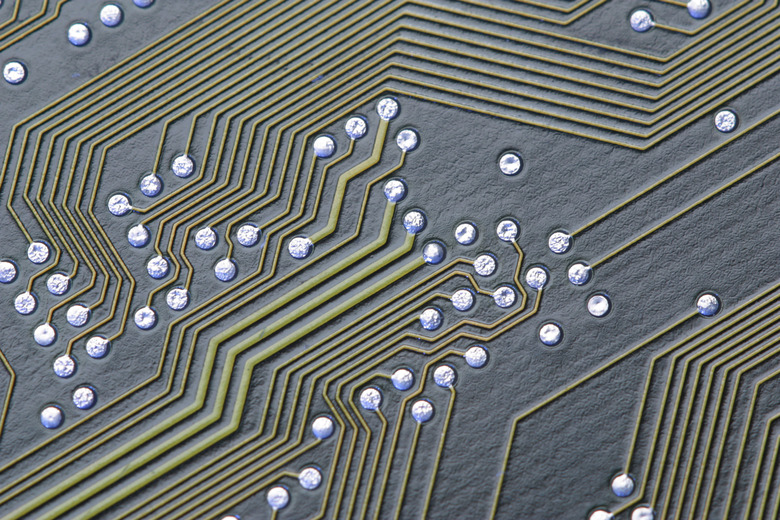DIY Electroplating
Electroplating can be great fun and it has a lot of practical uses. One use is as a DIY electroplating science project to teach students the basic principles of chemistry. Electroplating is perhaps best used in the role it was originally intended, which is to decorate otherwise normal objects.
Common metals can be plated with gold or other precious metals, for example. One of the greatest things about the process of electroplating is that it can be done by anyone at home. Electroplating requires no special skills. Basic safety precautions are necessary.
Think Safety First
Think Safety First
Doing your own electroplating at home means that you will be working with both chemicals and electricity. The electricity is low-voltage from common household batteries.
The the chemicals may be a concern. If you are plating heavier metals, you may need a chemical bath that is harsh to human skin, so precautions should be taken. More basic electroplating calls for the use of mild acids, such as vinegar or lemon juice, but even basic precautions should be taken when these are used.
Wear protective eyewear at all times to prevent splashing or other debris from getting to your eyes. If possible, use a full-face shield that will also protect your nose and mouth. Thick rubber gloves should also be worn at all times to prevent your hands from coming into direct contact with chemical baths or electric current.
Gather Your Materials
Gather Your Materials
Electroplating requires a few basic materials that are easy to find. In addition to the item you wish to plate, you will need an item made of the material you wish to plate around it, such as a piece of scrap gold.
Purchase a battery to use as the source of electricity. Nine-volt batteries with spring terminals on the top are the most popular for do-it-yourself electroplating, but smaller batteries will also work well. In addition to the battery, you will need two pieces of wire and two alligator clips.
The final piece of equipment is a non-conductive container, such as a glass jar, containing the electrolytic solution you will use to facilitate the plating process. This solution often consists of a mild acid, such as vinegar, mixed with a sodium compound that matches your plating material. An example is mixing vinegar with nickel chloride if you wish to nickel-plate an item. Specially formulated solutions can be purchased from any company that sells high school chemistry supplies.
Assemble the Electroplating Lab
Assemble the Electroplating Lab
Fill the glass container with your electrolytic solution. You do not need to fill the container completely, but it does need to be deep enough for the item being plated to be completely submerged.
Attach an alligator clip to one end of each wire. Connect the other end of each wire to the battery. Identify the wire leading to the battery's negative terminal and clip the alligator clip onto the item being plated before lowering it into the solution. This is called the cathode. Attach the positively charged wire to your source material and place it into the solution. This is called the anode.
When both the anode and cathode are connected to the battery and submerged in the solution, an electric circuit is formed. The circuit will cause atoms from the positively charged source to be attracted by the negatively charged cathode, creating a plating bond with the materials. Be prepared to wait several days for the process to finish, depending on the strength of your battery and the density of the metal being used to create a plate.
References
Cite This Article
MLA
Garner, Jerry. "DIY Electroplating" sciencing.com, https://www.sciencing.com/diy-electroplating-5401669/. 17 October 2019.
APA
Garner, Jerry. (2019, October 17). DIY Electroplating. sciencing.com. Retrieved from https://www.sciencing.com/diy-electroplating-5401669/
Chicago
Garner, Jerry. DIY Electroplating last modified August 30, 2022. https://www.sciencing.com/diy-electroplating-5401669/
